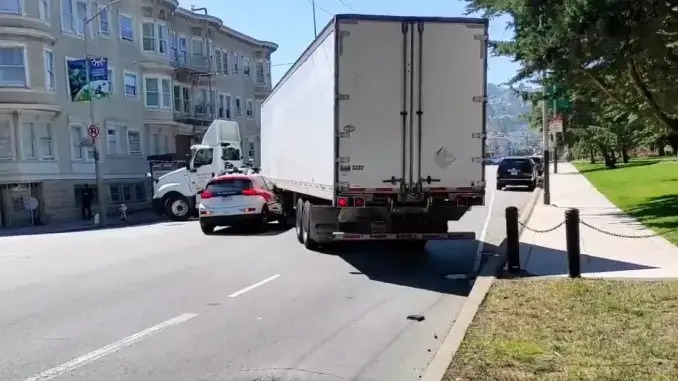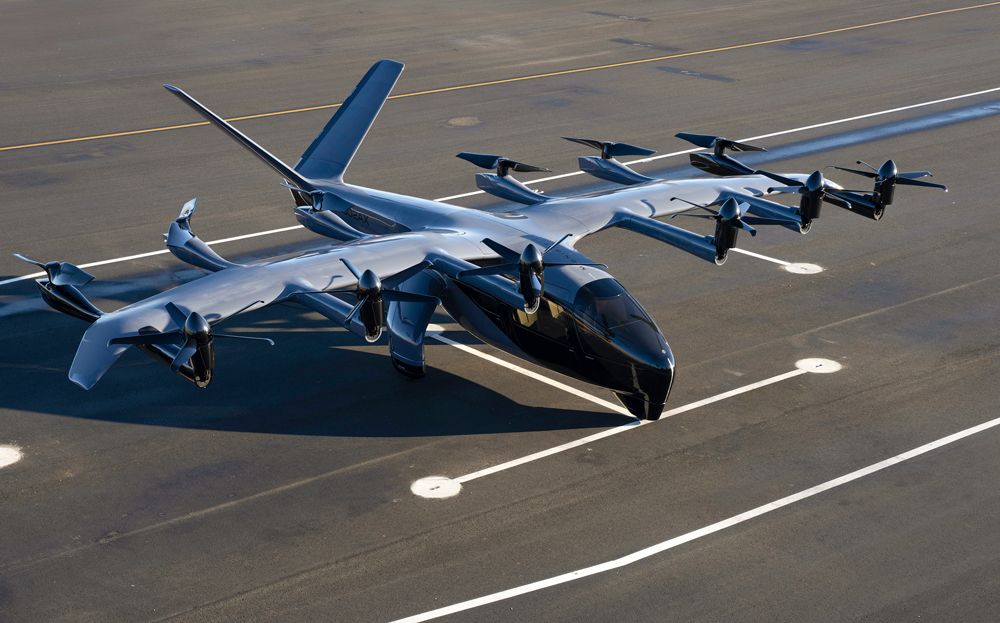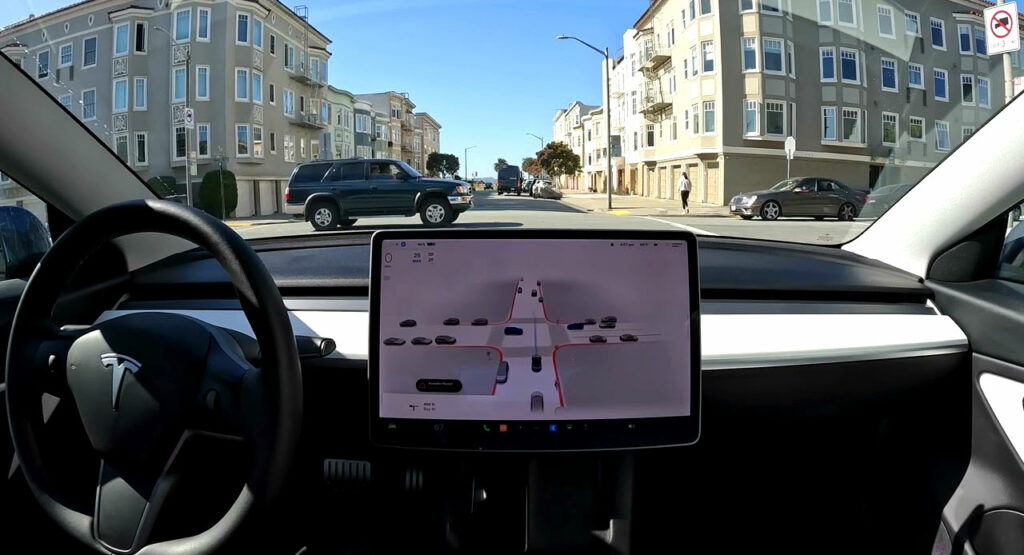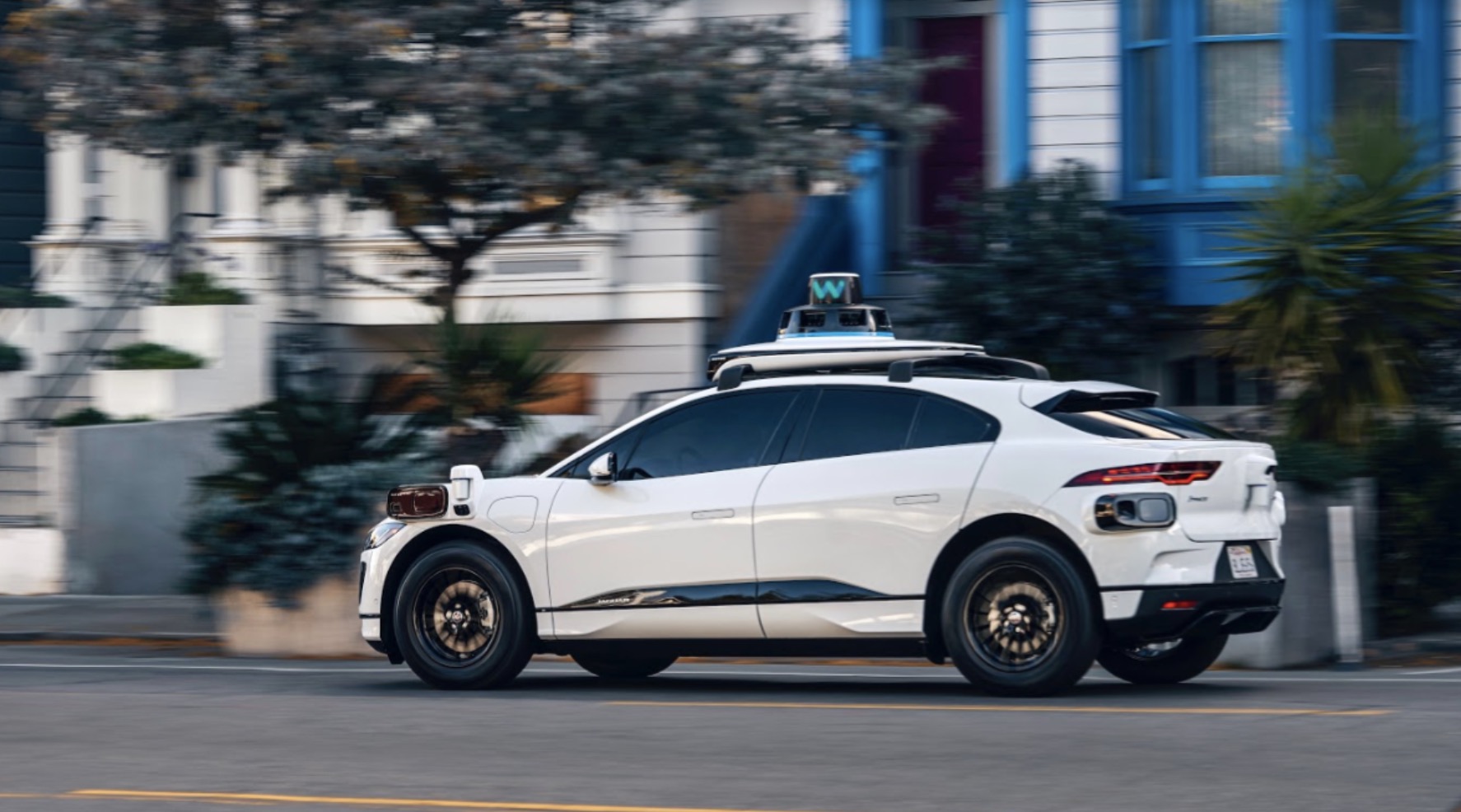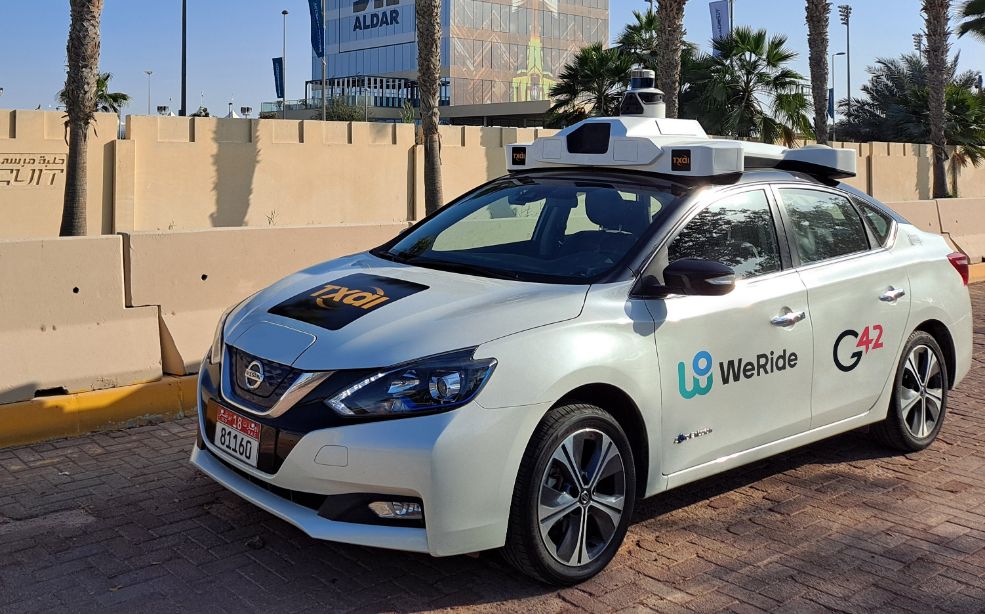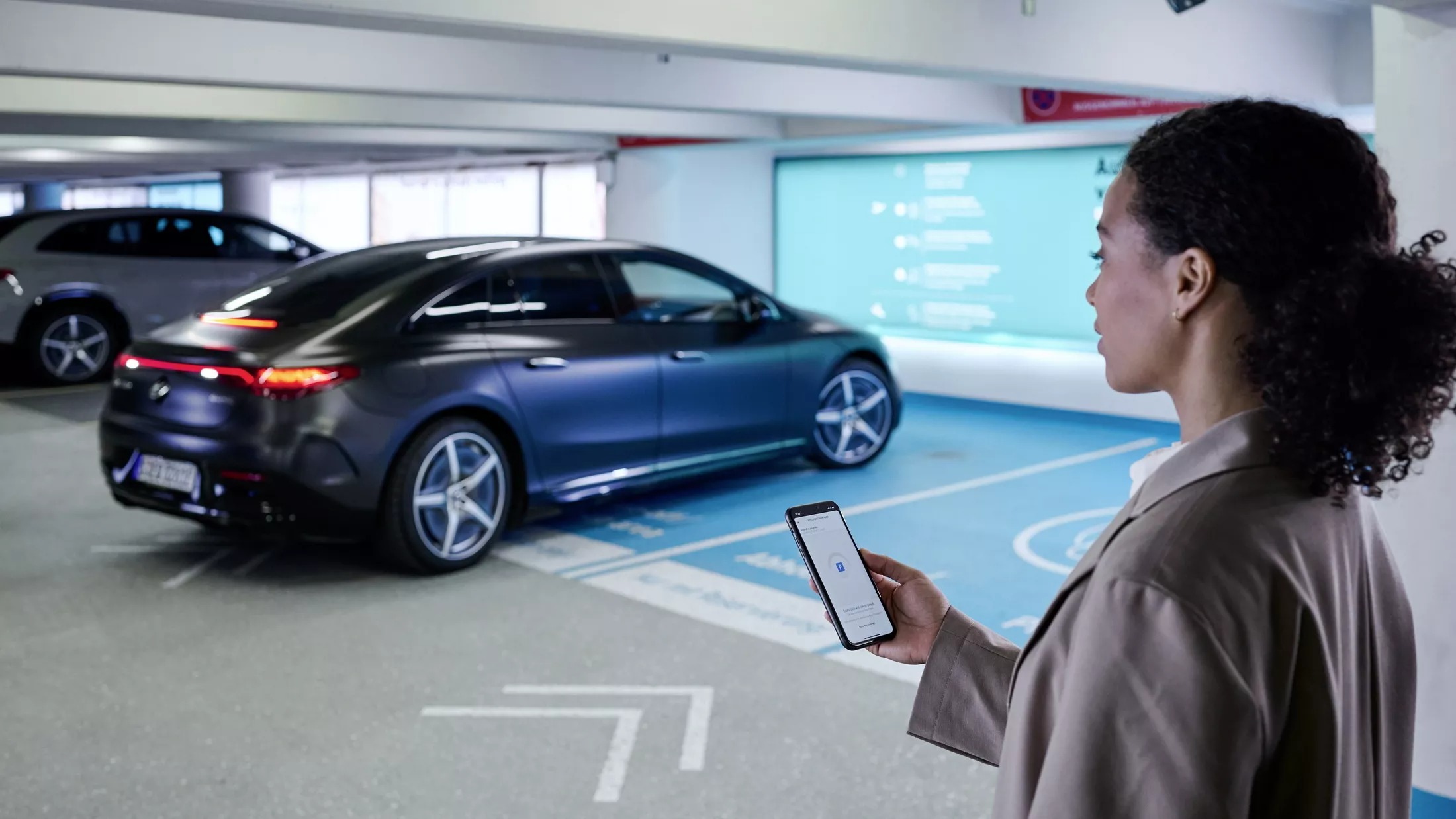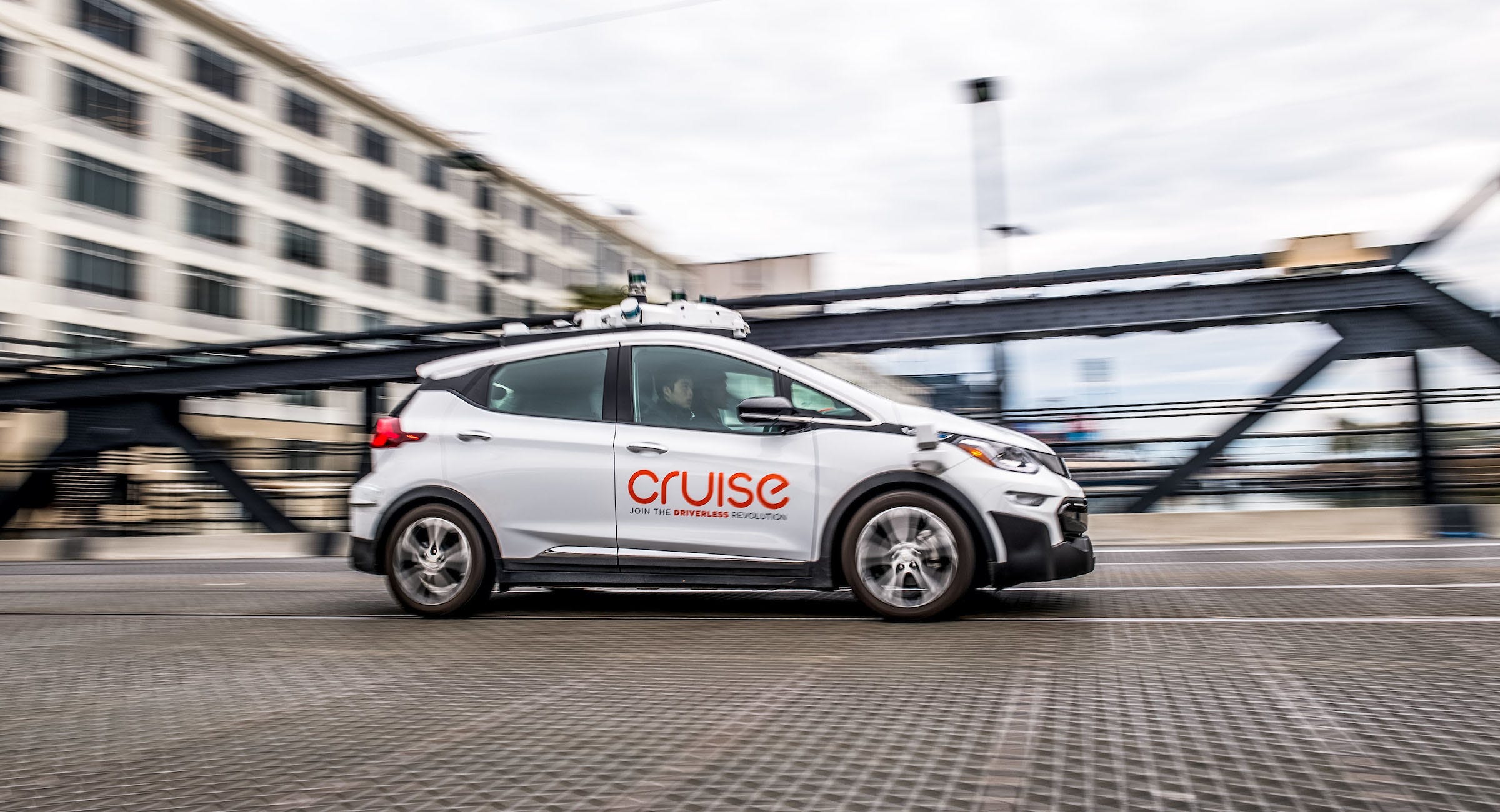In the latest incident involving autonomous vehicles, a self-driving Chevrolet Bolt EV operated by Cruise collided with a semi-truck near Golden Gate Park in San Francisco. The accident, captured by a witness, has ignited discussions about the responsibilities of both human and automated drivers on the road.
Eyewitness @alfsan shared a brief video and images of the aftermath on social media platform [Platform Name]. The incident unfolded as the driverless Cruise car and a semi-truck were involved in a collision, leading to damages to both vehicles.
Initial assessment of the scene suggests that the Chevrolet Bolt EV was struck by the trailer of the semi-truck. Notable damage was observed on the passenger side mirror, a camera, and a tire of the autonomous vehicle. The video posted by @alfsan showcases the semi-truck pulling away from the Bolt EV, revealing the extent of the damages incurred.
See also: GM’s Cruise Reaches One Million Miles with Fully Driverless Vehicles
So I just witnessed my first #driverless #carcrash in #sf by a @Cruise crashing into a #semi in golden gate park pic.twitter.com/LFeBI6mwVM
— Alf Santos (@alfsan) August 7, 2023
In response to the viral tweet, Cruise provided their perspective on the events that transpired. According to Cruise’s statement, the semi-truck attempted a left turn from a right lane while the autonomous vehicle was in the process of overtaking it. Cruise’s self-driving car promptly halted its movement upon detecting the semi-truck’s maneuver to avert a potential collision. However, despite the self-driving car’s precautions, the semi-truck continued its turn and ultimately collided with the autonomous vehicle.
While Cruise’s explanation appears to suggest the truck driver’s accountability, experts are of the opinion that the situation might involve shared responsibility. Familiarity with driving behind large semi-trucks indicates that they often require extra space to navigate turns, occasionally occupying adjacent lanes. In this context, it is plausible that the semi-truck had signaled its intention to turn left while occupying the right-most lane. However, the self-driving Bolt’s response to the turn signal is a subject of scrutiny, as it remains unclear whether the vehicle accurately interpreted the truck’s intentions.
See also: Cruise Start Self-Driving Vehicle Testing in Atlanta
This incident is not the first time Cruise’s autonomous vehicles have found themselves in perplexing situations. Previous incidents have included instances of vehicles getting stranded at intersections. In a separate development, the National Highway Traffic Safety Administration (NHTSA) initiated a special investigation into a previous collision involving a Cruise self-driving car approximately a year ago.
As the investigation into the recent collision unfolds, it underscores the evolving dynamics between automated vehicles and traditional drivers on the road. The incident brings into question the nuances of interpreting human signals and intentions by self-driving vehicles, prompting a broader conversation about the coexistence of different driving modalities.

